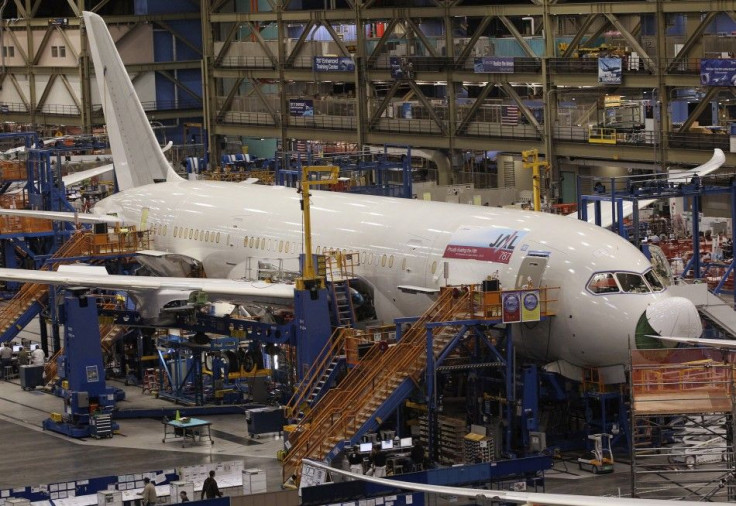Should the U.S. Try for Chinese-Level GDP Growth?
ANALYSIS

It's a question that's no doubt intrigued business executives and job seekers alike: should the United States shoot for Chinese-level GDP growth?
By that we mean a very high rate of growth of at least 5 percent per year -- China's economy has averaged better than an 8 percent GDP growth rate over the past 10 years, and grew an impressive 10.3 percent in 2010 -- in exchange for a little higher inflation.
Well, actually that's a little higher than a little higher inflation: China's official inflation rate for 2010 was 3.2 percent, but real, on-the-ground, typical person inflation was probably greater than that.
Giga-Growth's Benefits
The goal is obvious enough: tolerate a little higher inflation in order to enable the U.S. economy to grow at a faster rate -- say 5 percent to 7 percent per year, to create the large number of jobs the nation needs to eliminate its jobs deficit. Currently, the U.S. is short about 14 million jobs, and the figure is much higher -- probably closer to 18 million jobs -- if you count those part-time employees who want full-time employment but can't find it.
Going for Chinese-style growth or giga-growth would also increase corporate revenue, corporate earnings and aid in business formation. New companies, even whole sectors, that would not have a chance under tepid growth conditions would take advantage of more promising prospects to capture a market and dive into commercial activity. Exports growth would also likely increase. In addition, real, median incomes probably would rise. In other words, a giga-growth U.S. economy would spread benefits across the business spectrum.
Giga-Growth's Liabilities
With an upside like that, who could possibly oppose a Chinese-level growth policy for the U.S. economy?
Well, the inflation hawks -- or the people who really worry about any rise in inflation -- on the U.S. Federal Reserve, for one.
These monetary policy inflation hawks would likely oppose a semblance of the Fed tolerating a higher inflation rate than the current 1.6 percent annual rate for the core-Personal Consumption Expenditure (PCE) index. The current core-PCE rate is within the Fed's comfort zone for inflation.
Doing so would represent a philosophical and substantive shift from the Fed's dual mandate of price stability and full employment. Essentially, it would be a statement by the Fed that it's willing to let prices rise considerably in order to create more jobs -- something the modern and now postmodern day Fed has been dead-set against.
In fact, the contrary has been the norm: the Fed's bias since 1981 has been toward price stability at almost any cost -- even high unemployment -- something that provides additional evidence against the giga-growth strategy.
The obvious losers in the giga-growth policy? Certainly bond holders and those on fixed incomes-- especially those without cost-of-living adjustments: The higher inflation would reduce their purchasing power, resulting in a lower standard of living. Only those whose income keeps pace with inflation would not be hurt.
The Fed's Legacy: Protect the Value of Money Over Time
Due to the terrible impact higher inflation would have on people with fixed incomes, and the Fed's legacy of protecting the value of money over time, the Fed is not likely to side with giga-growth, if it means higher inflation.
But the U.S. must increase its GDP growth rate to create the millions of new jobs it needs. Failing to do so would keep the unemployment rate, currently 9.1 percent, at very high levels -- a place the nation does not want to be, given its limited social safety net.
© Copyright IBTimes 2024. All rights reserved.











